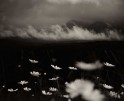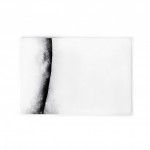Focus on Appropriation: Kristine Thompson

© Kristine Thompson, Images Seen to Images Felt (Strong)
In art, the act of using existing images and objects as source material is nothing new. It came into its own as an art form, however, in the mid-20th century when pop artists like Andy Warhol began appropriating mass-produced objects as a commentary on consumer culture and mass media. Since then, many artists have employed appropriation as a tool to explore the cultural or personal significance of the images we encounter and examine the ideas and values of the cultures that produce them. The power of the appropriated image lies in its implied juxtaposition to the source material’s original context. At once both present and absent, this context is critical to the understanding of these artworks.
In Images Seen to Images Felt, artist Kristine Thompson appropriates photographs from the media of current events such as political protests, the aftermath of bombings, personal grief, and other experiences of trauma. Created by pressing light-sensitive paper against her computer screen, Thompson’s photograms examine the role of digital technology in the proliferation of these types of images and the way it effects emotional impact.
As its title suggests, the project is the artist’s attempt to feel and emotionally connect with the images and the events they depict. She does this by translating her interactions with them from a purely visual experience to a direct physical encounter through the intimacy of touch.
Removed from their original context and partially obscured through the photogram process, the specific event depicted in the photograph becomes unidentifiable. These details aren’t necessary. The subjects’ grief is made obvious through gesture, the way trauma is physically expressed in the body. It is a universally recognizable and relatable language of pain that needs no explanation. The resulting images are hauntingly affective, guiding viewers to a more empathetic encounter with the traumatic events they see on their computer and tv screens.
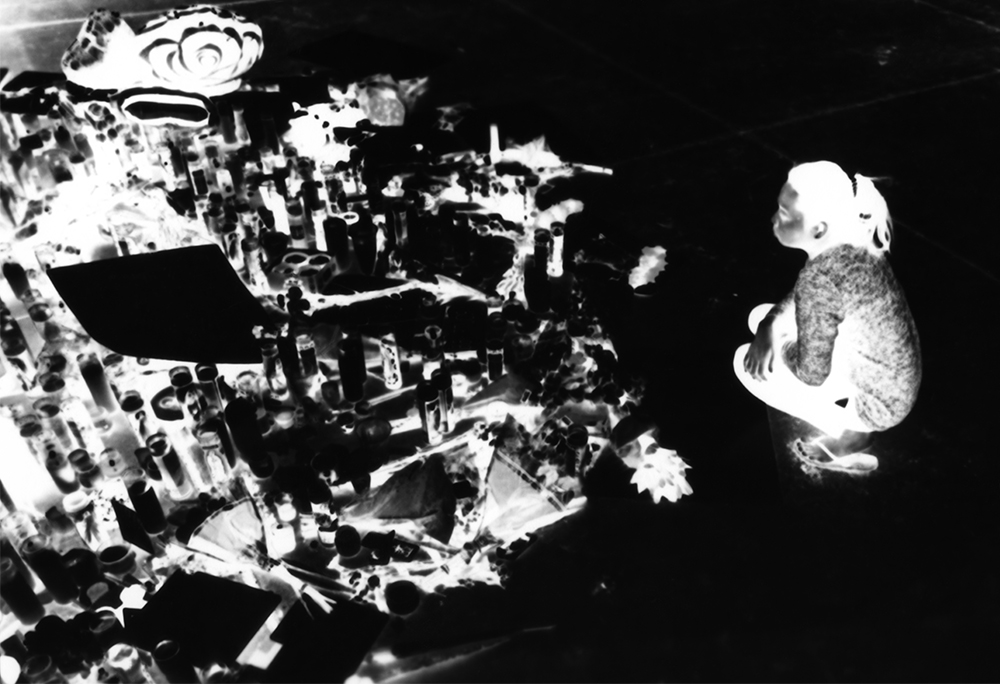
© Kristine Thompson, Images Seen to Images Felt (Memorial)
Images Seen to Images Felt
My recent photo-based work examines how images of death, violence, and mourning circulate in the media. I often engage photographic imagery in an experimental and tactile manner in an attempt to better understand the events and people depicted, and to question when and how such pictures might elicit empathy.
The project Images Seen to Images Felt consists of photograms that are made when I press light-sensitive photographic paper up to my computer screen in the darkroom. Bypassing a traditional film/negative process, they are direct impressions of images that I have collected over several years from a range of online newspapers. These photos that I encounter virtually are turned into tangible prints to advocate for a slowed-down, more deliberate way of viewing these contemporary individuals and circumstances that we often scroll past. Collectively, these prints become a kind of archive of loss and the grieving that follows. The amount of pressure that I apply as the paper makes contact with the screen determines whether the elements in the photos appear crisp or ghostly. In some cases, I leave the photograph in negative form; in others, I use the paper negative to make a positive print so that the visual information is more legible. The prints are installed in clustered groupings so that formal and emotional connections can be made between images that might not otherwise be considered in the same context. Each installation is scaled/tailored to the gallery in which it is displayed, and the group of prints is continually supplemented to reflect current events. — Kristine Thompson

© Kristine Thompson, Images Seen to Images Felt (Gathering II)
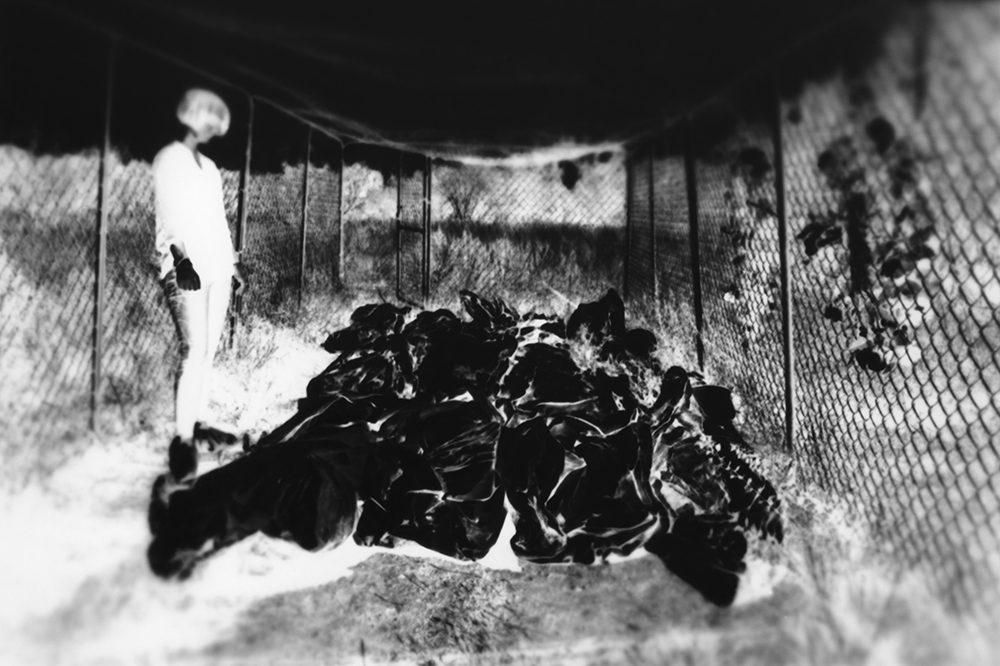
© Kristine Thompson, Images Seen to Images Felt (Mass II)

© Kristine Thompson, Images Seen to Images Felt (Surrender)
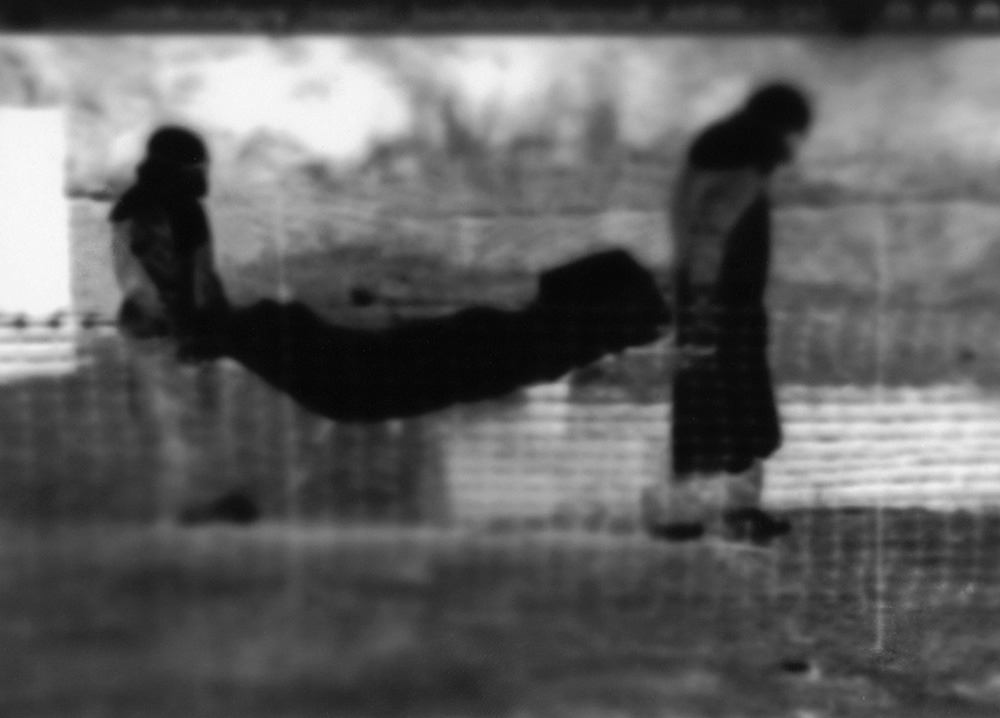
© Kristine Thompson, Images Seen to Images Felt (Burial)
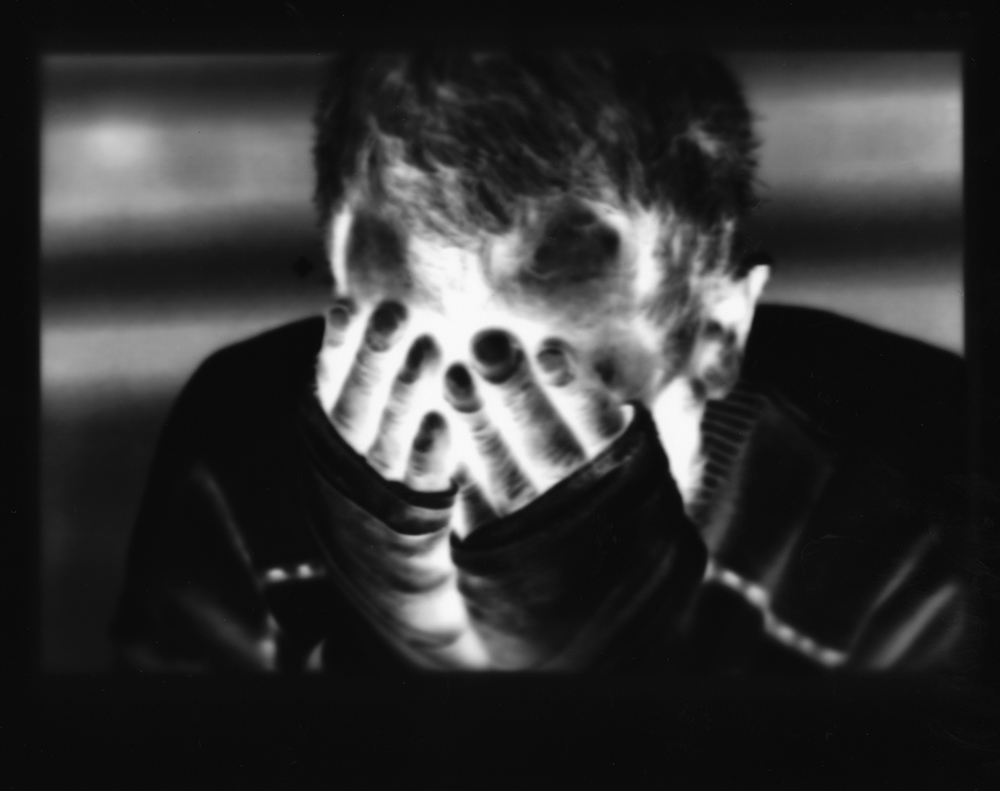
© Kristine Thompson, Images Seen to Images Felt (Cry)
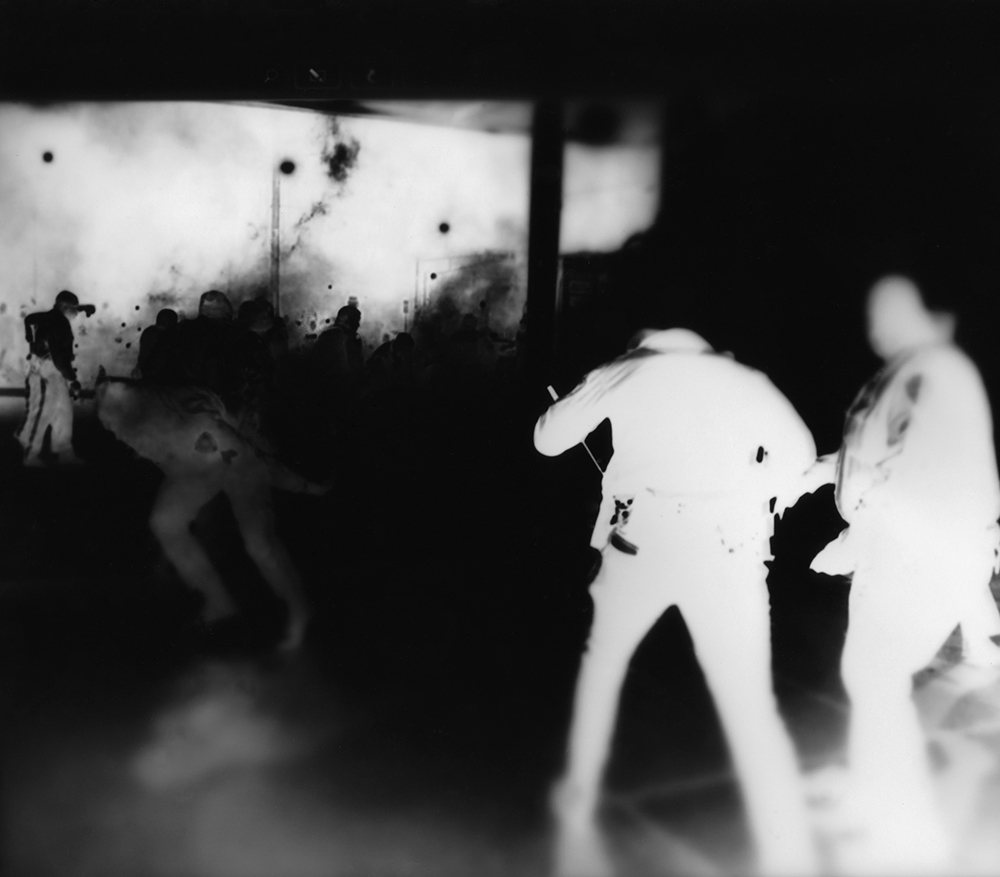
© Kristine Thompson, Images Seen to Images Felt (Teargas)

© Kristine Thompson, Images Seen to Images Felt (Comfort II)
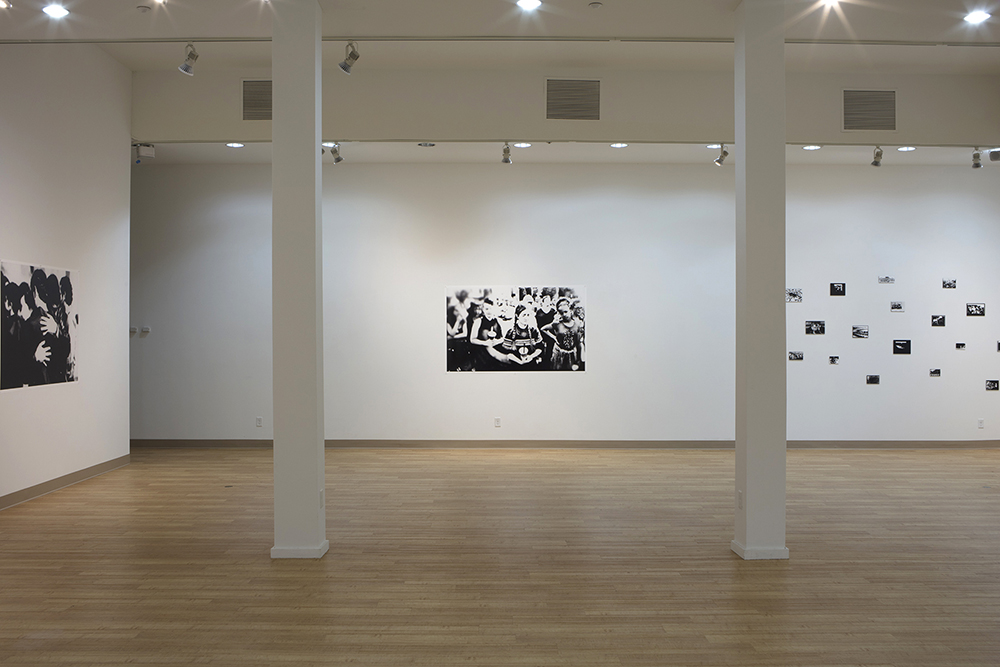
© Kristine Thompson, Installation view of the solo exhibition Touching Pictures, Texas Woman’s University Art Gallery, 2018
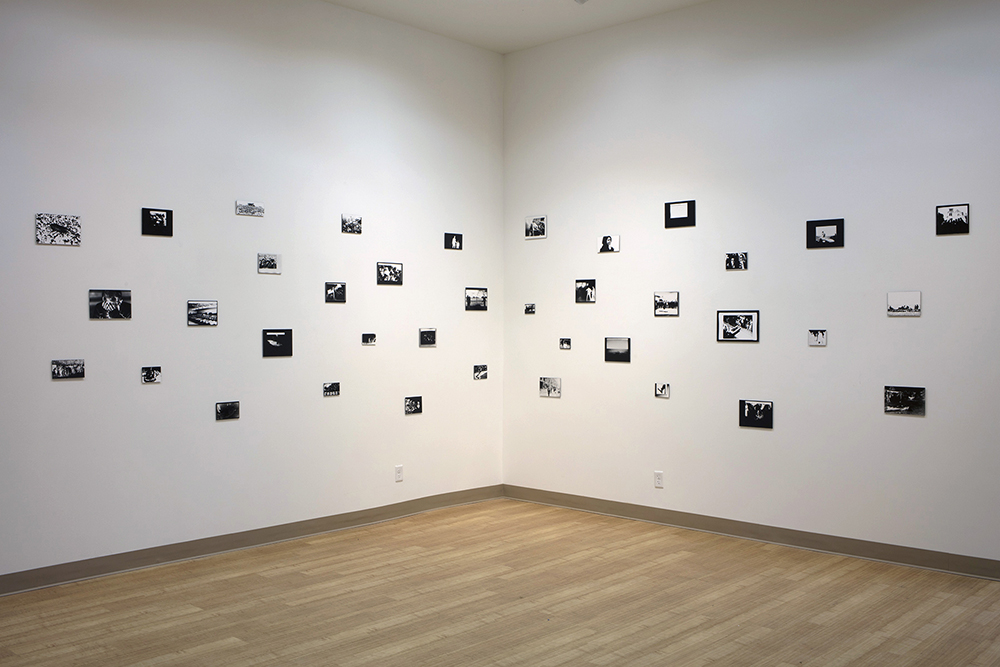
© Kristine Thompson, Installation view of the solo exhibition Touching Pictures, Texas Woman’s University Art Gallery, 2018
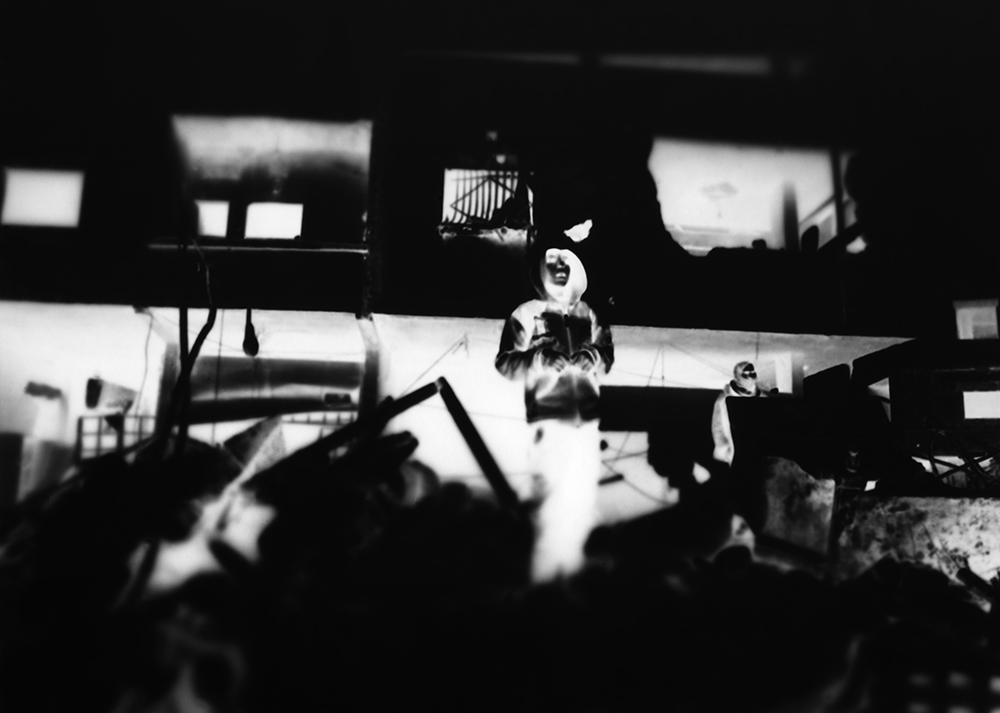
© Kristine Thompson, Images Seen to Images Felt (Aftermath II)
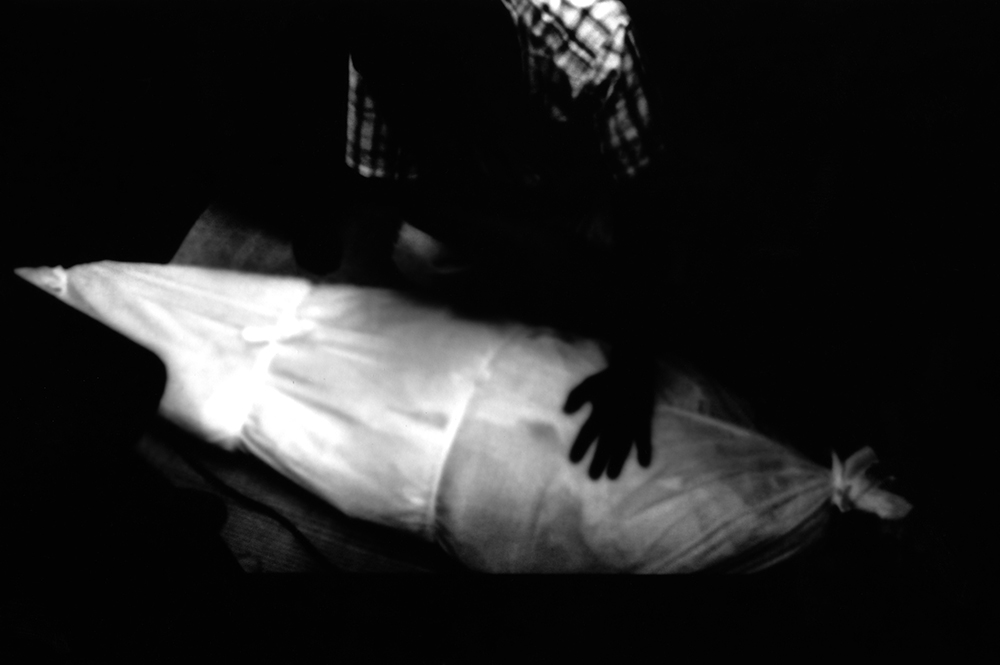
© Kristine Thompson, Images Seen to Images Felt (Last Touch)
Kristine Thompson is an artist and educator working primarily in photography. Her work considers how contemporary photographic imagery circulates and often addresses representations of death, memorial practices, and mourning. She received her B.S. in Education and Social Policy from Northwestern University and her M.F.A. in Studio Art from the University of California, Irvine. She is currently an Associate Professor in the School of Art at Louisiana State University.
Thompson is the recipient of several awards, including a D.A.A.D. Fellowship in the Arts and an Investing in Artists Grant from the Center for Cultural Innovation. Her work has been featured in exhibitions at Antenna Gallery in New Orleans; Texas Woman’s University in Denton, TX; Commonwealth & Council, Los Angeles; the Armory Center for the Arts in Pasadena, California; the Colorado Photographic Arts Center in Denver; and School 33 Art Center in Baltimore.
Publications:
Images Seen to Images Felt, with poetic text by Muriel Leung | published by Antenna/Paper Machine (New Orleans, LA)
Past & Present Tense, an artist book made in collaboration with Johanna Warwick | published by theretherenow. (Columbia, MO).
Follow Kristine on Instagram: @lifetimepilingup
Posts on Lenscratch may not be reproduced without the permission of the Lenscratch staff and the photographer.
Recommended
-
Earth Month: Photographers on Photographers, Dennis DeHart in conversation with Laura PlagemanApril 16th, 2024
-
Luther Price: New Utopia and Light Fracture Presented by VSW PressApril 7th, 2024
-
Artists of Türkiye: Eren SulamaciMarch 27th, 2024
-
European Week: Sayuri IchidaMarch 8th, 2024
-
European Week: Jaume LlorensMarch 7th, 2024





